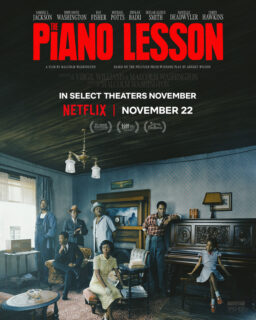There's a picture on my bedroom wall that was taken by my fellow Far-Flung Correspondent, Gerardo Valero of Mexico. It shows me shaking hands with Roger at the brunch he and Chaz hosted at Ebertfest 2012. It seemed fitting to hang it above my poster for "Citizen Kane."
Moments after the photo was taken, Roger and I posed for the classic thumbs-up picture, the one everyone had taken with Roger Ebert. It produced a cute shot, but it's the photo of the handshake that I keep on my wall. I look at it every day. I used to see it and think "I wish I wasn't holding my damn cane." But now I see it and am glad I am.
Even though my wheelchair is out of shot, it is obvious I am disabled and obvious Roger is too. And yet the force of his benevolence, and the force of my determination to meet my hero, was strong enough that we could overcome our difficulties, meet at his film festival and shake hands.
In his last years, Roger became a beacon for the seriously disabled. That was the side of him that meant most to me: the side that demonstrated that almost any physical limitation can be conquered by a combination of willpower and love, talent and technology.
In the thousands of tribute articles that were published immediately after Roger's death (including mine), I noticed that, while his status as a titan in the film community was universally celebrated, his status as a titan of the disabled community was often overlooked. It was my duty as a disabled person to write a piece about Roger's significance for us, and I was thrilled when the BBC published it. As thrilled as I was when I shook hands with Roger Ebert.












